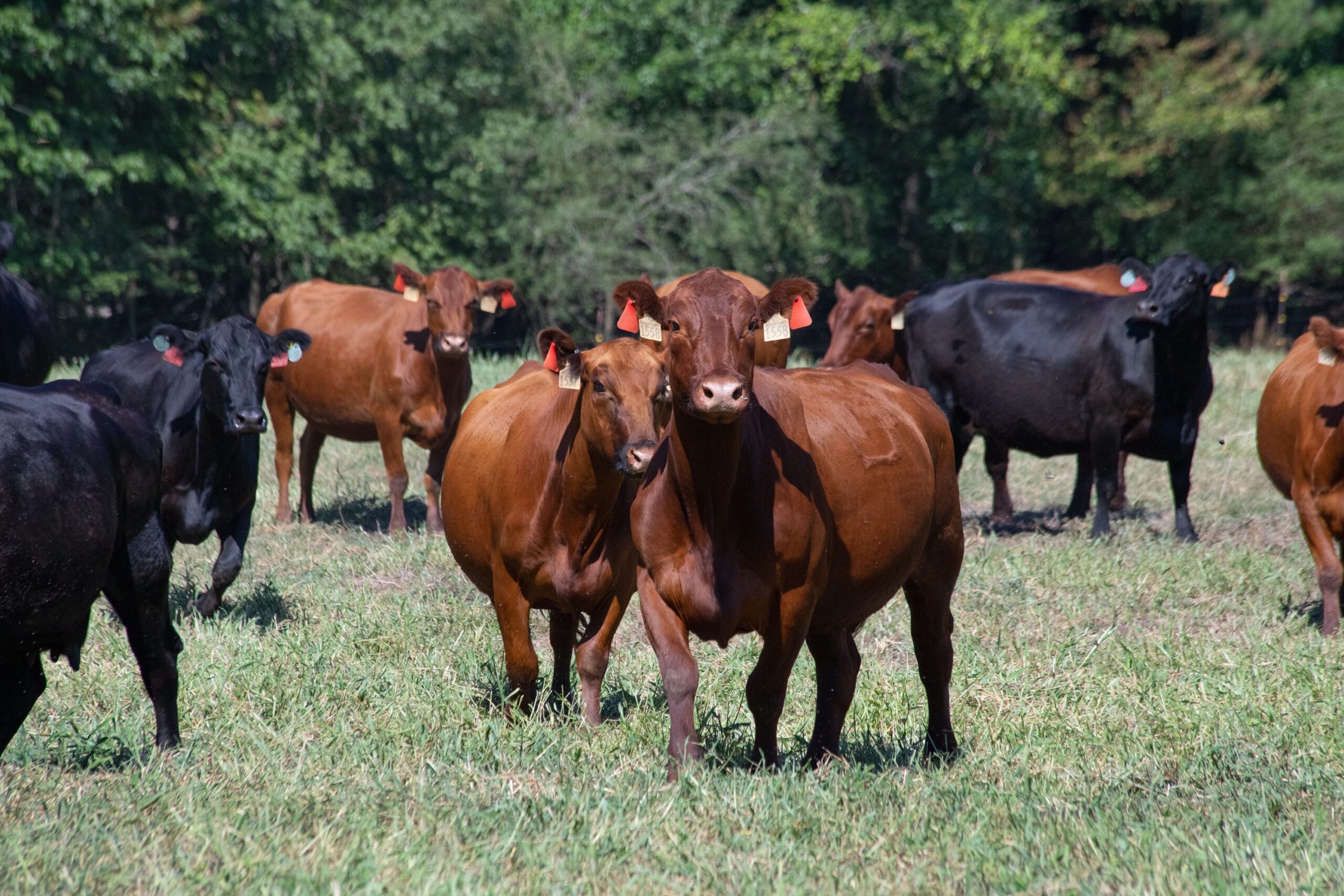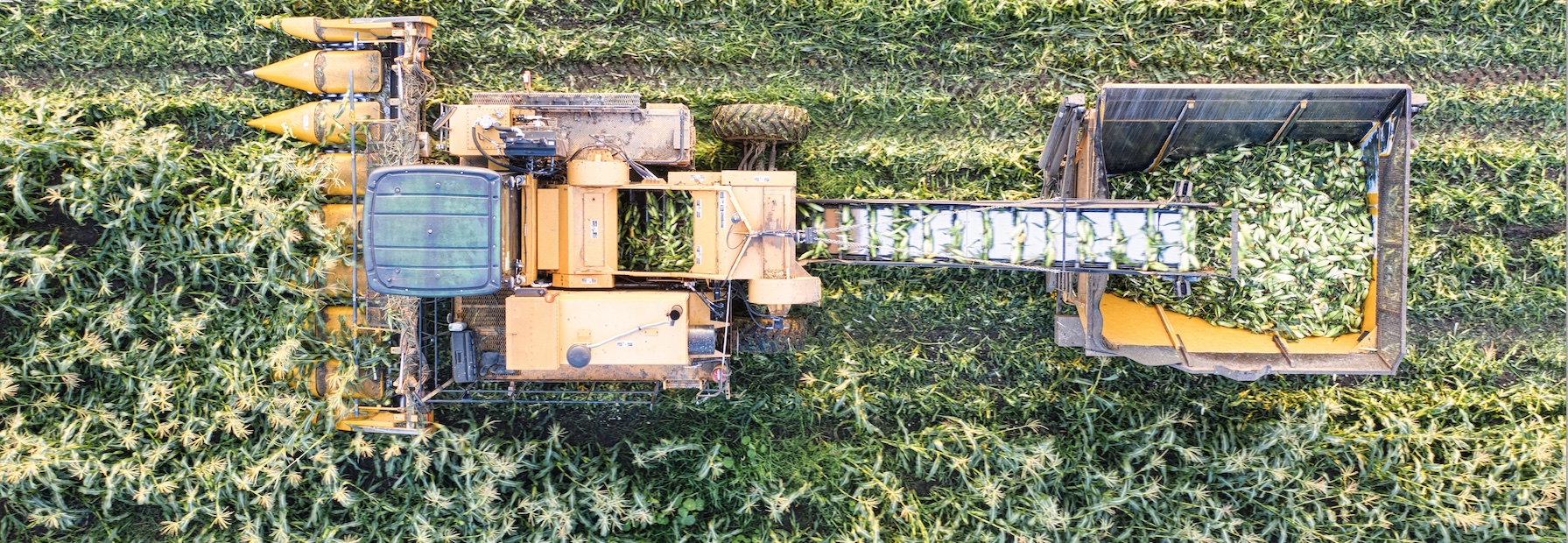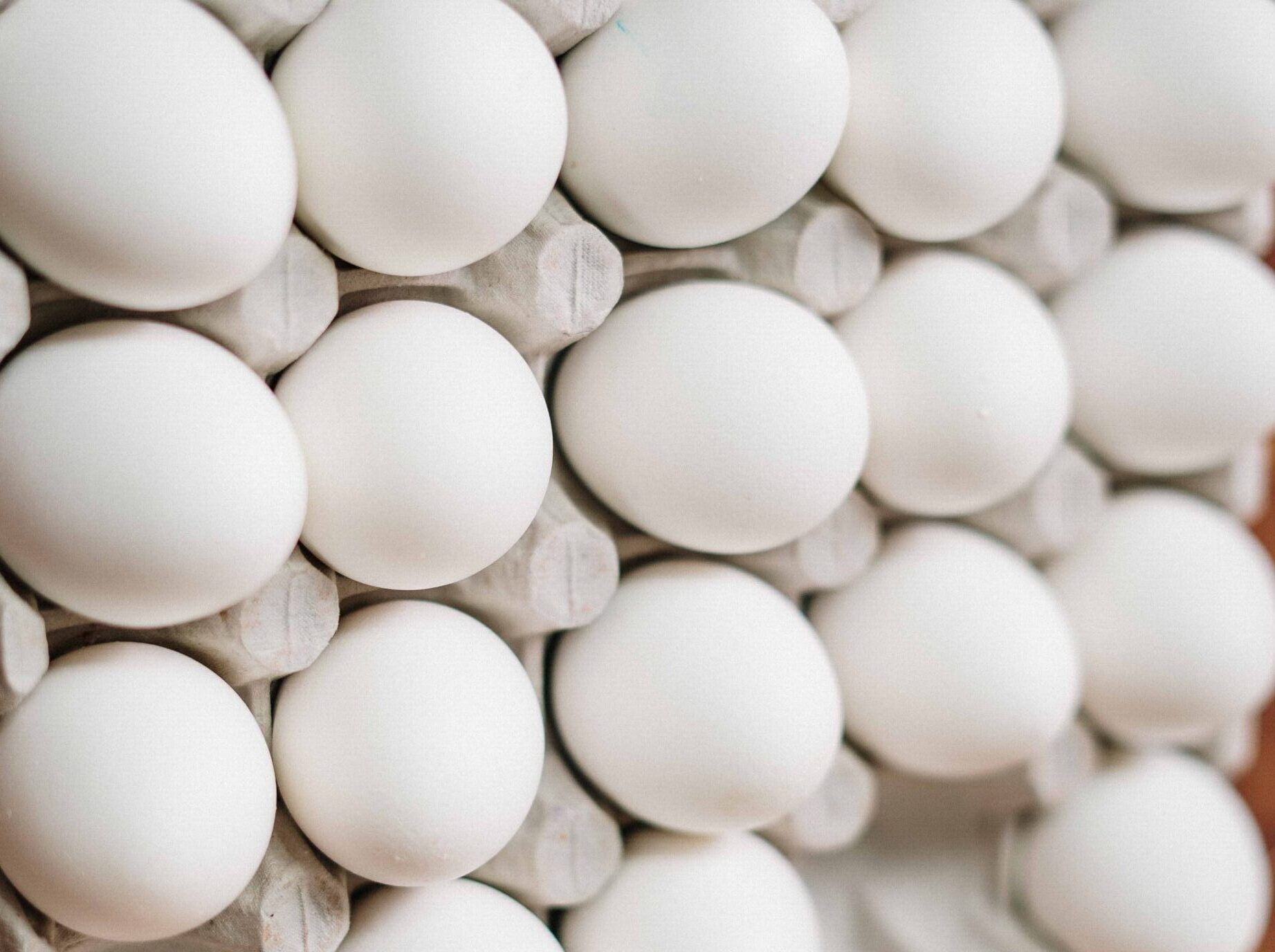As mentioned in previous Southern Ag Today (SAT) articles (Martinez and Ferguson 2022), monitoring Non-Real Estate Farm Debt provides insight into debt health. Last year had periods of drought and increased input prices for producers. At the time of this article, planting is complete, producers are bailing hay, input prices have come down, and cattle prices are the highest since 2015. But, through the first quarter of 2023, there are mixed signals from the most recent call reports. As a refresher, every commercial bank in the U.S. submits quarterly Reports of Condition and Income which are known as call reports. Within these call reports are totals of agricultural loans and the status (on time or late) of the loans. Figure 1 displays the total loan volume (yellow line) and total loan volume for all three late type volumes (30-89 days late, 90+ days late, non-Accrual) for the last nine quarters. The totals are for all the Southern Ag Today States.
Through the first quarter of 2023, non-accrual (blue line) loans continued to decrease, which is positive, and loans that are 90+ days late (grey line) remained relatively the same. Total loans (yellow line) are down from the previous quarter, which is expected due to seasonality trends. But total loan debt is up 4.8% compared to a year ago, which could be due to the effects of input price increases in 2022. The most concerning statistic is the loans that are 30-89 days late (orange line). Debt that is 30-89 days late is up 5.2% from a year ago, and the highest since Q1 of 2021. Q1 is seasonally the highest quarter for 30-89 days late loans, but given that it’s up from a year ago, this loan type will provide an indication of debt health moving forward in the next round of call reports that come in a few months.
From a sky high view, the call reports indicate that there are some possible caution signals for debt in the SAT states. However, total non-current debt is approximately 1%, which is still relatively low. The next two quarters will provide answers if the signals are false alarms or true signals of concern. In the coming months, it is crucial that producers are mindful of their working capital and continue the positive production and risk management strategies they have implemented thus far.
Figure 1. Non-Real Estate Farm Debt from 2021 Q1- 2023 Q1

References
Martinez, Charley, and Haylee Ferguson. “Current Non-Real Estate Farm Debt“. Southern Ag Today 2(30.3). July 20, 2022. Permalink
Martinez, Charley. “Current Non-Real Estate Farm Debt.” Southern Ag Today 3(23.3). June 7, 2023. Permalink








